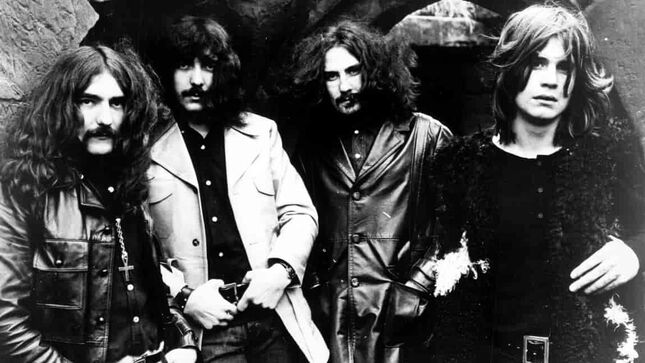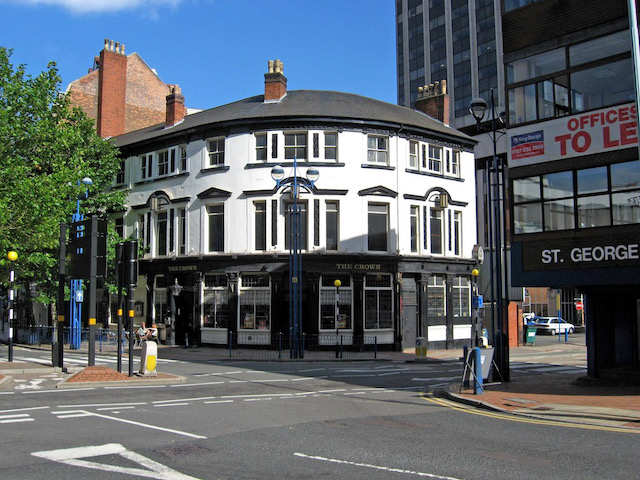
The Crown Inn, in Birmingham’s City Centre and widely regarded as the birthplace of heavy metal music, has been listed at Grade II by the Department for Culture, Media and Sport, on the advice of Historic England.
It is best known for being the venue where Black Sabbath (known as Earth at the time) performed their first ever gig at Henry’s Blueshouse, which was situated upstairs inside the pub. The Crown also hosted a litany of other rock royalty including The Who, Status Quo, UB40, Duran Duran, Thin Lizzy, Marc Bolan, Supertramp, Judas Priest and a number of Robert Plant's pre-Led Zeppelin bands.
Sitting at the junction of Station Street and Hill Street, a stone’s throw away from Birmingham New Street Station, the building is one of the first things seen by passengers leaving the station via the grand Spanish steps and has been a site of concern locally for almost a decade, laying vacant since 2014.

Black Sabbath guitarist Tony Iommi said: “Cities all over the UK are protecting their musical heritage, Birmingham shouldn’t be left behind. The Crown has huge significance to us and many other successful acts. It was one of very few venues that supported the emerging rock scene with a blues club and was home to our first ever gig.”
Louise Brennan, Historic England Regional Director (Midlands) said: “The Crown is a one-of-a-kind building with history written in its walls. It’s a Birmingham cultural landmark that, fittingly is almost within sight of Ozzy the bull in New Street Station, and I’m really pleased that it’s being recognised with Grade II Listed status. Heavy Metal is a gift Birmingham gave to the world and The Crown is an integral part of that story.”
Music historian and founder of the Birmingham Music Archive, Jez Collins, said: “The Crown holds a special place internationally for the music industry. It is the venue that Black Sabbath, then called Earth, first played the songs that would appear on their classic first two albums. In fact, the stage Ozzy, Tony, Geezer and Bill first stood on is still there! This is a venue that deserves its place on Historic England’s listings. But we need more. We need to ensure The Crown re-opens, we need to bring it back to life as a cultural venue, a music venue and a place people will want to visit. This brilliant news is just the beginning in the renaissance of The Crown!”
Originally named the General Elliott and thought to have opened its doors in 1876, it was likely designed by the architect, Thomson Plevins. Best known for the Grade II* listed Grand Hotel in Birmingham, Plevins also designed the two other public houses on Station Street - the Market Hotel and the Victoria.
As well as quenching the thirst of Brummies and showcasing rock stars from across the world, the building has had some other fascinating alternative uses. Local legend has it that the Crown’s cellars stored the remains of fallen soldiers during the First World War, which were then taken through a tunnel to St Martin’s Church, and its upper rooms are thought to have been accommodation for judges visiting Birmingham’s law courts.
Ian Campbell – father of Ali, Duncan and Robin Campbell of UB40 – recorded the country’s first live folk album there in 1962. As one of the few places with a license for live music in the city at the time, Henry’s Blueshouse set up at The Crown in the late 1960s, establishing the venue as one of Birmingham’s most important cultural landmarks.
Grade II listing is granted when a building is of special architectural or historic interest considered to be of national importance and therefore worth protecting; listing provides certain protections for the building and means that listed building consent must be applied for to make any changes to that building which might affect its special interest.